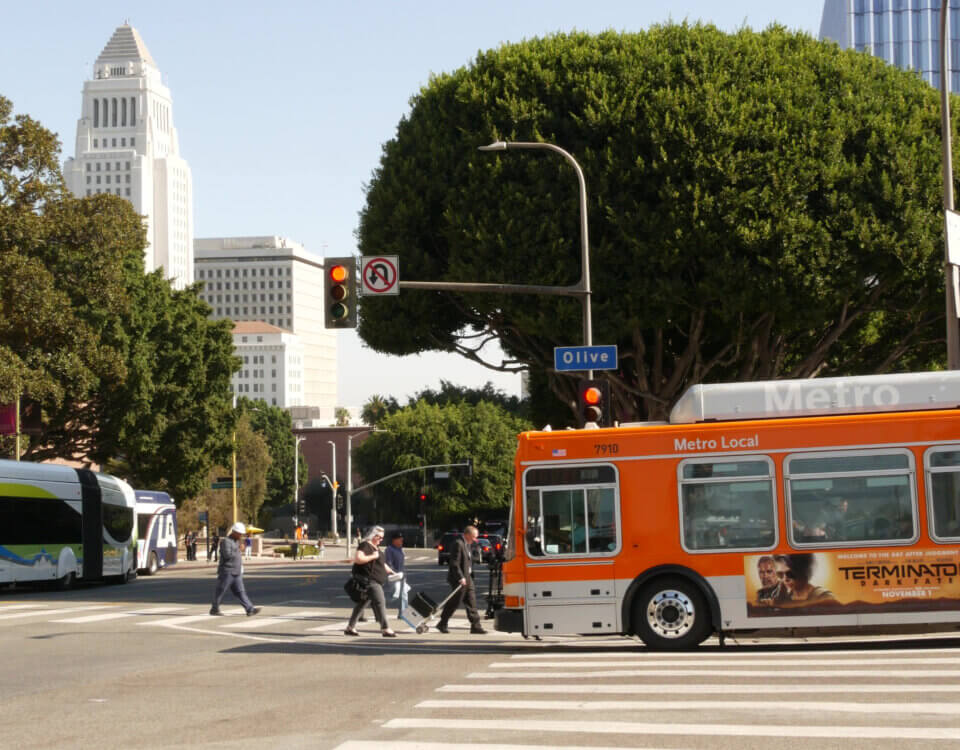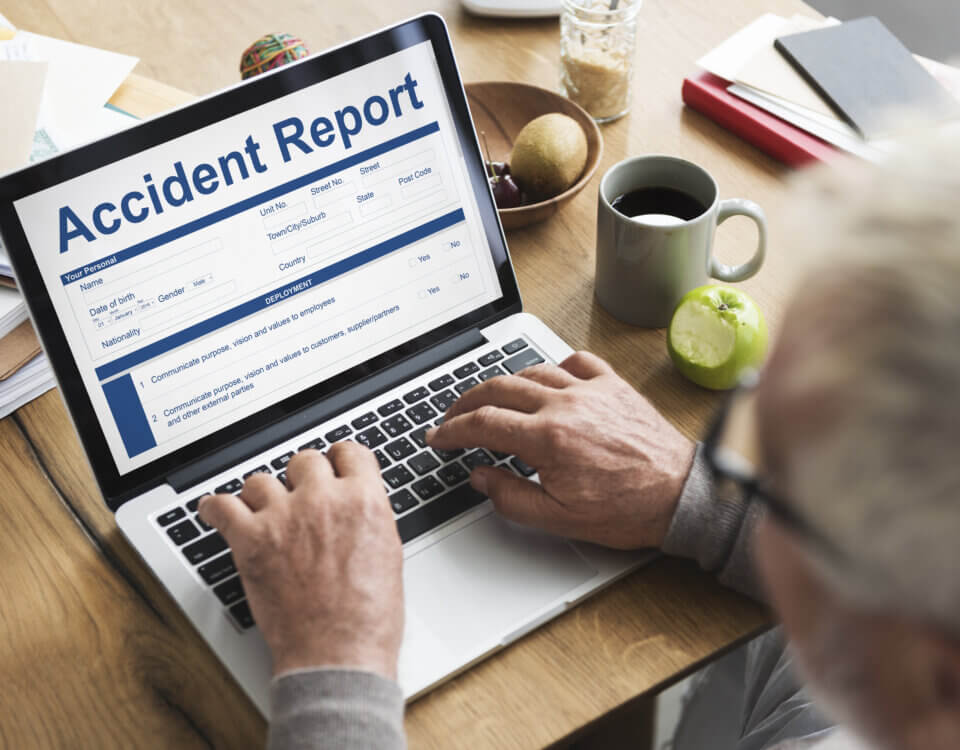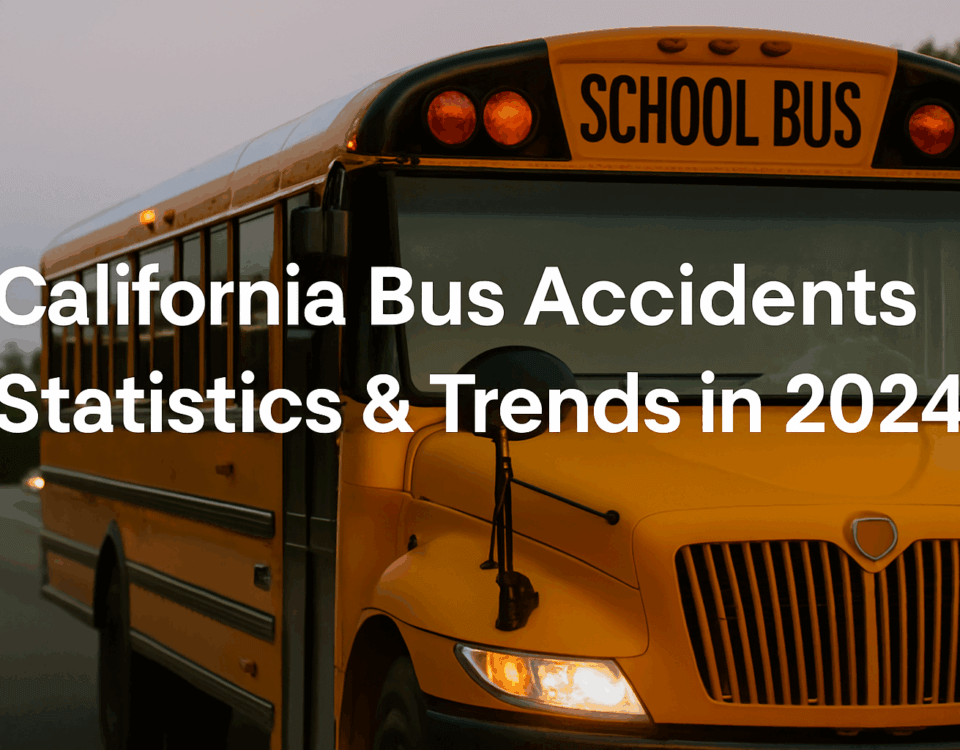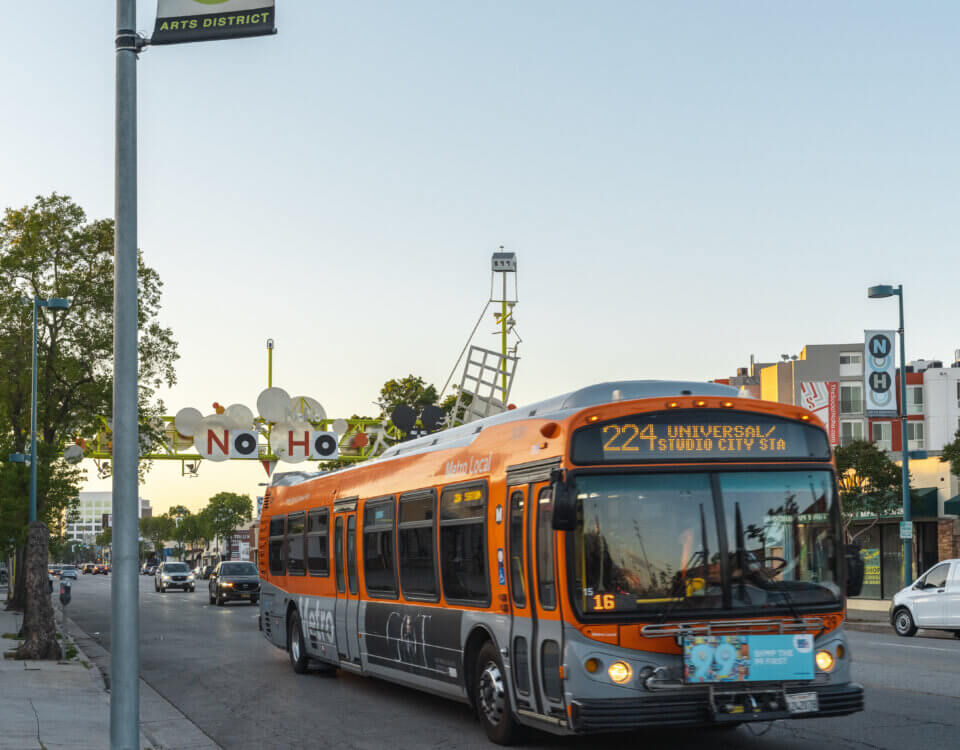Metro bus stops are a lifeline for thousands of Angelenos every day, but some locations pose serious safety challenges for riders, pedestrians, and even drivers. Understanding these risks and how the city is addressing them can help improve safety for everyone who relies on public transit.
Common Safety Issues Near Bus Stops
- Lack of Shelters or Lighting: Dimly lit stops can make riders vulnerable to accidents or crime after dark.
- Poorly Placed Stops: Stops too close to busy intersections or driveways can confuse drivers and endanger boarding passengers.
- Limited Sidewalk Space: Crowded sidewalks can push riders dangerously close to traffic.
- Inadequate Crosswalks: Riders may cross mid-block if crosswalks are far away, increasing pedestrian accident risks.
Examples of Problem Areas
- Downtown LA (7th Street Corridor): Heavy pedestrian traffic and close proximity to turning vehicles.
- Hollywood Boulevard: Tourists and buses mix with heavy vehicle traffic, creating unpredictable movements.
- South LA Residential Areas: Stops without shelters or benches leave riders exposed to weather and reduce visibility.
Community and City Efforts to Improve Safety
- Metro Upgrades: Adding more shelters, lighting, and benches at high-traffic stops.
- Crosswalk Improvements: Installing pedestrian signals and mid-block crossings near busy bus stops.
- Public Awareness Campaigns: Encouraging safe boarding practices and driver caution around buses.
- Neighborhood Partnerships: Residents working with Metro and city planners to relocate or redesign hazardous stops.
Tips for Riders and Drivers
- Riders: Wait on the sidewalk away from the curb and avoid crossing directly in front of buses.
- Drivers: Slow down when approaching a bus stop and watch for pedestrians entering or exiting the bus.
Safer Transit Benefits Everyone
Improving safety at Metro bus stops not only protects riders but also enhances traffic flow and community trust in public transit. Collaboration between Metro, city planners, and residents is key to making these vital transit points safer for all.
Note: These blog posts are created solely for the use of Hillstone Law. The information is gathered from internet research, publicly available sources, and artificial intelligence (AI) tools such as ChatGPT. While we aim to share helpful and educational content, Hillstone Law does not independently verify every detail. Some information may be incomplete, outdated, or subject to change without notice. If you believe any part of a post is inaccurate, misleading, or infringes upon copyright, please contact Hillstone Law immediately so we can review it and take appropriate action, including correction or removal.
Disclaimer: The material provided in these blogs is for general informational purposes only and should not be considered legal advice. Reading these posts does not create, and is not intended to create, an attorney-client relationship with Hillstone Law. Our intent is to share knowledge, raise awareness, and provide helpful resources to the public; however, Hillstone Law makes no warranties or guarantees about the accuracy, completeness, or reliability of the information provided, and expressly disclaims liability for any actions taken in reliance on it. The photos used in these posts are for illustrative purposes only and do not depict actual clients, individuals, or incidents unless expressly stated. If you or a loved one has been injured in an accident, please contact Hillstone Law at (855) 691-1691. Our attorneys are available to answer your legal questions and help you understand your rights.







